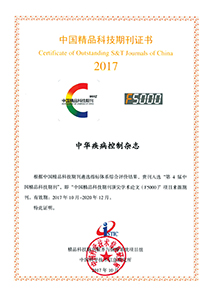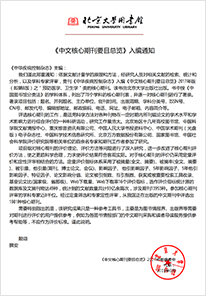2018 Vol. 22, No. 11
Display Method:
2018, 22(11): 1093-1095,1105.
doi: 10.16462/j.cnki.zhjbkz.2018.11.001
Abstract:
2018, 22(11): 1096-1100.
doi: 10.16462/j.cnki.zhjbkz.2018.11.002
Abstract:
2018, 22(11): 1101-1105.
doi: 10.16462/j.cnki.zhjbkz.2018.11.003
Abstract:
2018, 22(11): 1106-1109.
doi: 10.16462/j.cnki.zhjbkz.2018.11.004
Abstract:
2018, 22(11): 1110-1114.
doi: 10.16462/j.cnki.zhjbkz.2018.11.005
Abstract:
2018, 22(11): 1115-1118.
doi: 10.16462/j.cnki.zhjbkz.2018.11.006
Abstract:
2018, 22(11): 1119-1122,1133.
doi: 10.16462/j.cnki.zhjbkz.2018.11.007
Abstract:
2018, 22(11): 1123-1127.
doi: 10.16462/j.cnki.zhjbkz.2018.11.008
Abstract:
2018, 22(11): 1128-1133.
doi: 10.16462/j.cnki.zhjbkz.2018.11.009
Abstract:
2018, 22(11): 1134-1137,1159.
doi: 10.16462/j.cnki.zhjbkz.2018.11.010
Abstract:
2018, 22(11): 1138-1143.
doi: 10.16462/j.cnki.zhjbkz.2018.11.011
Abstract:
2018, 22(11): 1144-1147.
doi: 10.16462/j.cnki.zhjbkz.2018.11.012
Abstract:
2018, 22(11): 1148-1151.
doi: 10.16462/j.cnki.zhjbkz.2018.11.013
Abstract:
2018, 22(11): 1152-1155.
doi: 10.16462/j.cnki.zhjbkz.2018.11.014
Abstract:
2018, 22(11): 1156-1159.
doi: 10.16462/j.cnki.zhjbkz.2018.11.015
Abstract:
2018, 22(11): 1160-1163.
doi: 10.16462/j.cnki.zhjbkz.2018.11.016
Abstract:
2018, 22(11): 1164-1167,1172.
doi: 10.16462/j.cnki.zhjbkz.2018.11.017
Abstract:
2018, 22(11): 1168-1172.
doi: 10.16462/j.cnki.zhjbkz.2018.11.018
Abstract:
2018, 22(11): 1173-1176,1200.
doi: 10.16462/j.cnki.zhjbkz.2018.11.019
Abstract:
2018, 22(11): 1177-1180.
doi: 10.16462/j.cnki.zhjbkz.2018.11.020
Abstract:
2018, 22(11): 1181-1184.
doi: 10.16462/j.cnki.zhjbkz.2018.11.021
Abstract:
2018, 22(11): 1185-1188.
doi: 10.16462/j.cnki.zhjbkz.2018.11.022
Abstract:
2018, 22(11): 1189-1191.
doi: 10.16462/j.cnki.zhjbkz.2018.11.023
Abstract:
2018, 22(11): 1192-1194.
doi: 10.16462/j.cnki.zhjbkz.2018.11.024
Abstract:
2018, 22(11): 1195-1197.
doi: 10.16462/j.cnki.zhjbkz.2018.11.025
Abstract:
2018, 22(11): 1198-1200.
doi: 10.16462/j.cnki.zhjbkz.2018.11.026
Abstract:


 Email alert
Email alert RSS
RSS Abstract
Abstract PDF
PDF





